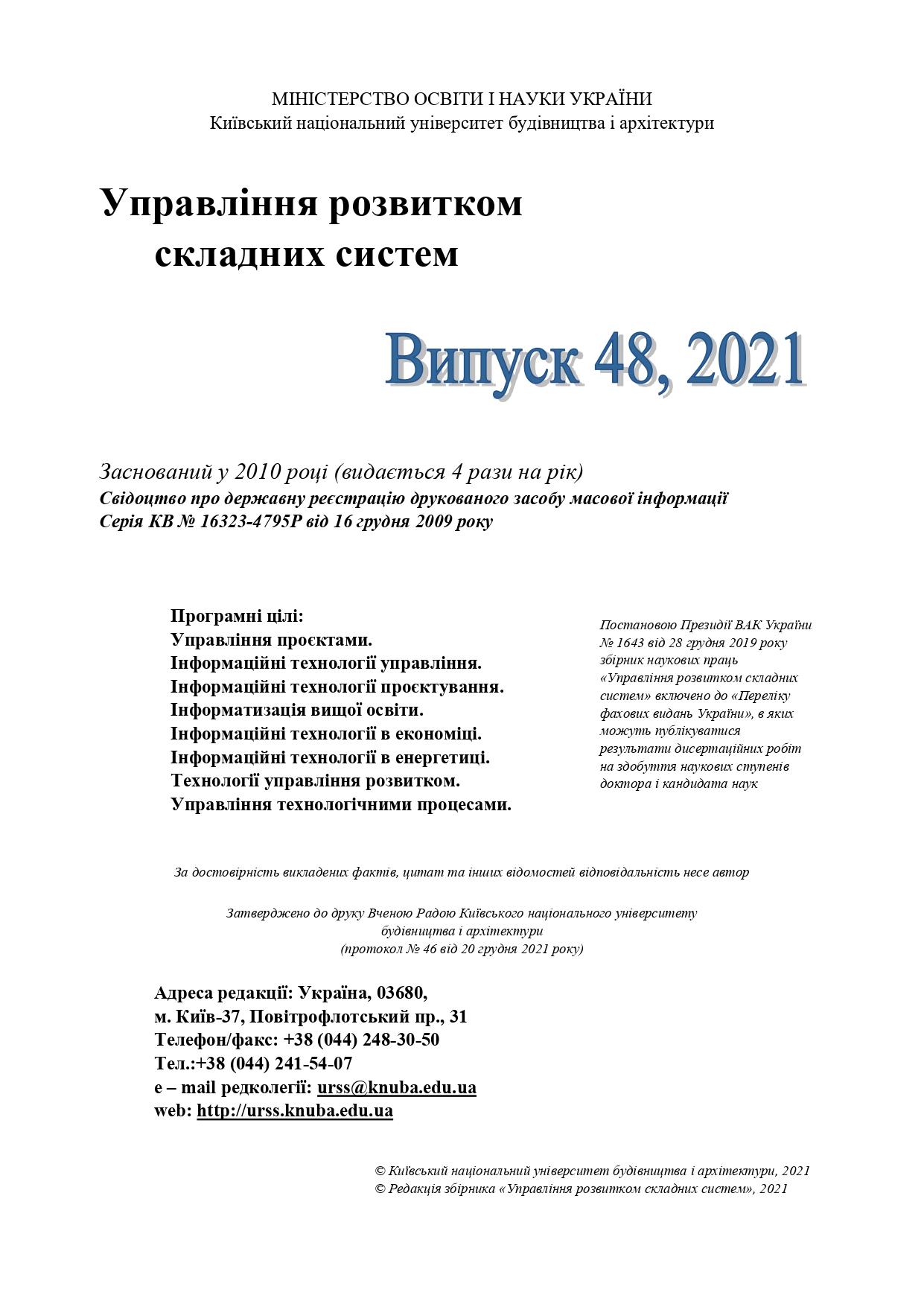MATERIALITY OF THE GRAVITATIONAL FIELD AND THE PROCESS OF DEVELOPMENT OF MACROSCALE GRAVITATIONAL COLLAPSE
DOI:
https://doi.org/10.32347/2412-9933.2021.48.145-151Ключові слова:
invisible matterАнотація
The materiality of the gravitational field is taken into account on the basis of the law of universal gravitation, accepted as an exact law describing the pairwise interactions of massive bodies. Unlike Brillouin and Lucas, who were the first to carry out such an account and obtain a negative value of the field mass, the field mass in our work has the same sign as the mass itself. Replacing the "mass-gravitational field" representation with "mass-field mass" distinguishes gravity from other interactions, leads to an increase in mass in such interactions, indicates the existence of a double effect of gravity and allows its physical modeling. In particular, it has been shown that, despite the small value of the relative mass gain in pair interactions, during the formation of clusters of stars with a large number of bodies, the relative mass gain increases nonlinearly. Under certain conditions, this increase becomes infinite, symbolizing the onset of a macroscale gravitational collapse, resulting in the formation of supermassive black holes. Attention is focused on the fact that the final mass of a supermassive black hole (invisible mass) can be tens and hundreds of times greater than the initial mass of the cluster (visible mass). Moreover, half of the black hole's mass is outside the gravitational radius of the black hole, forming a massive invisible halo. According to the authors, a macroscale collapse based on taking into account the materiality of the gravitational field can be considered as one of the effective mechanisms for the formation of invisible (dark) matter in the Universe.
Посилання
Brillouin, L. & Lucas, R. (1966). La relation masse-énergie en gravitation. J. Phys. France, 27, 3-4, 229–232.
Brillouin, L. (1972). A new look at the theory of relativity. Moscow, Mir, 142.
Dicke, R. (1972). Gravity and the Universe. Moscow, Mir, 103.
Heaviside, O. (1893). A gravitional and electromagnetic analogy. Part I. The Electrician, 31, 281–282.
Evans, M. W. (2011). Gravitational Poynting theorem: interaction of gravitation and electromagnetism. Journal of Foundations of Physics and Chemistry, 1(4), 433–440.
Fedosin, S. G. (2008). Mass, Momentum and Energy of Gravitational Field. Journal of Vectorial Relativity, 3(3), 30-35.
Klapchenko, V. I. (2019). Relativity and gravity. Problematic issues of physics. Kyiv, 136.
Mach, Ernst. (1883). Die Mechanik in ihrer Entwickelung: historisch-kritisch dargestellt, 496.
Einstein, A. (1967). Evolution of physics. Collected scientific works. Vol. 4. Moscow, Science.
Soldner, J. G. (1804). Ueber die Ablenkung eines Lichtstrahls von seiner geradlinigen Bewegung, durch die Attraktion eines Weltkorpers, an welchem er nahe vorbei geht. Berliner Astronomisches Jahrbuch, 161–172.
Mathematical encyclopedic dictionary. (1988). Moscow, Sov. Encyclopedia, 847.
Lukash, V. N., Mikheeva, E. V. (2007). Dark matter: from initial conditions to the formation of the structure of the Universe. Advances in physical sciences, 177(10), 1023–1028.
##submission.downloads##
Опубліковано
Як цитувати
Номер
Розділ
Ліцензія
Авторське право (c) 2021 Vasily Klapchenko , Grygorii Krasnianskyi , Irina Kuznetsova

Ця робота ліцензується відповідно до Creative Commons Attribution-NonCommercial-NoDerivatives 4.0 International License.

